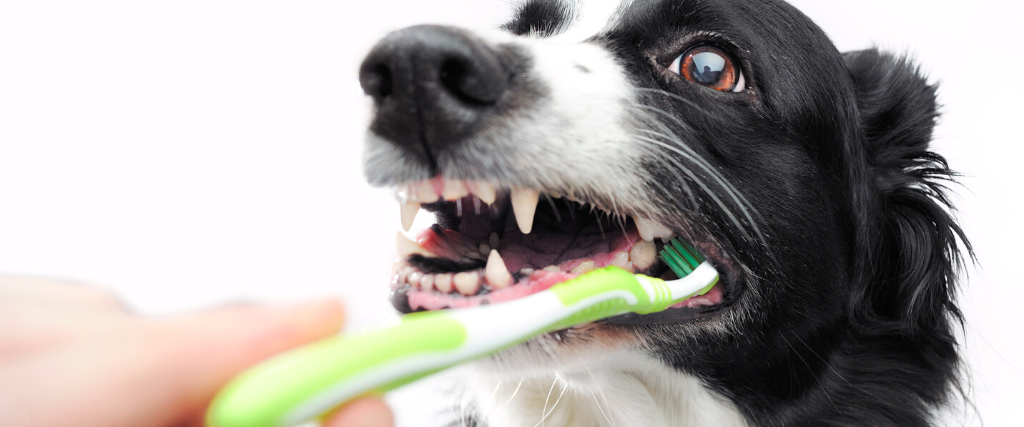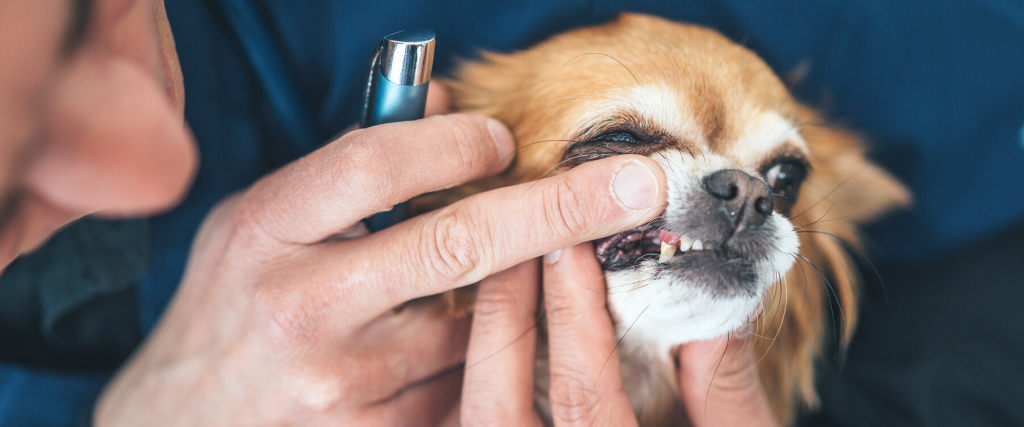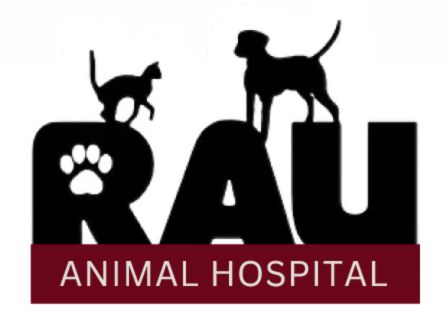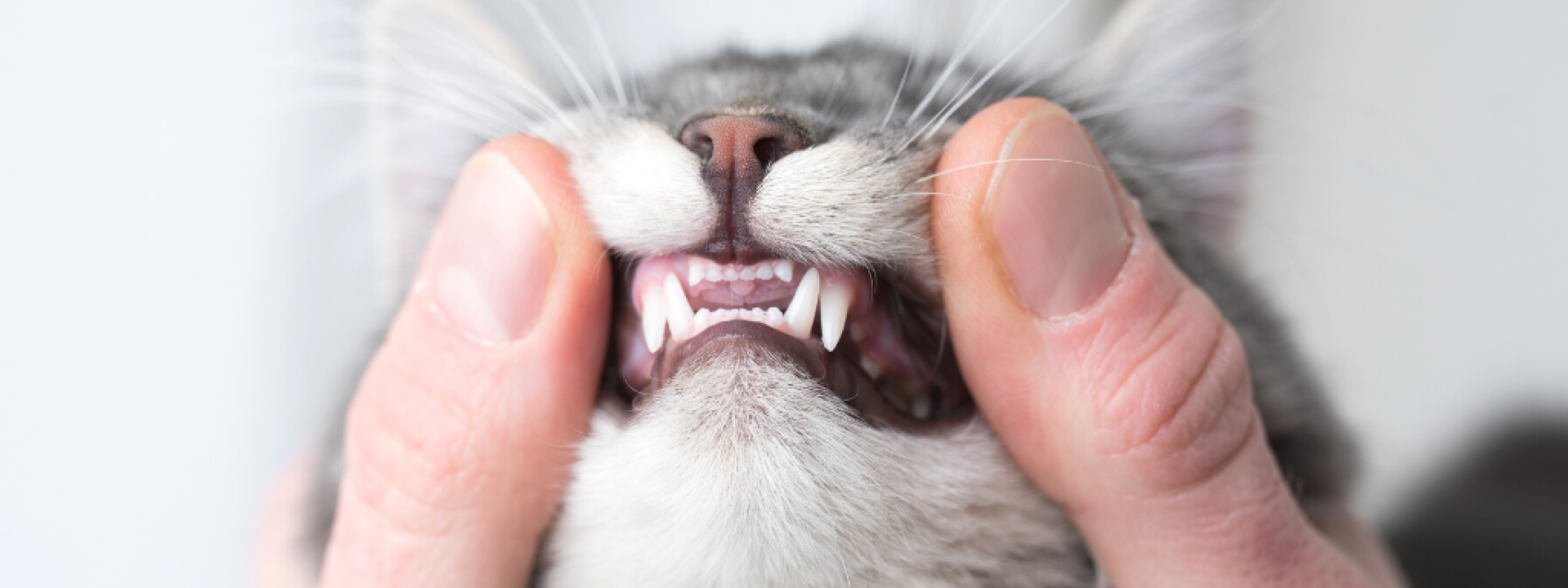Pet Dental Care
Everyone loves a nice white smile, including pet owners. However, dental care is more than just the cosmetic appeal of white teeth. Since the early 1900s, the life span of pets has increased. This is partly due to increasing awareness of how important healthy teeth are to the overall health of cats and dogs. Every animal should have an examination of its mouth at its yearly physical exam. Dental tartar, fractured teeth, oral masses and cancers, and infections can all be present with little obvious clues to the owner. The pet may or may not show a change in how it eats or chews its food, and usually can't give signs of pain.
Dental Disease
Dental disease starts with dental plaque, the film created when the sugars of the food are changed to a gelatinous goo by bacteria in the mouth. This quickly hardens into the mineral deposit called tartar. Tartar can harbor more bacteria than feces, and, if left, will pass bacteria into the bloodstream. The bacteria can lodge on the valves of the heart, spread to the kidneys and liver, and generally cause infection in many different areas of the body. Furthermore, tartar can detach the teeth from their sockets by breaking down the ligaments attaching the tooth. This is called periodontal disease. It leads to pain, exposes the roots of the teeth, and causes puffy swollen gums and a strong unpleasant odor.

Dental Cleaning
Regular cleaning of the teeth, a thorough inspection under anesthesia, polishing the teeth and possibly radiographs of the teeth will allow a veterinarian to keep your pet's mouth in the best possible health. Anesthesia is important to allow the margin of the teeth under the gums to be appropriately cleaned and all surfaces, including inside and back teeth to be well visualized. The mouth is washed with an antiseptic. Then the tartar and plaque are removed with ultrasonic scaling. Next, the surface of the teeth is polished to prevent rough edges giving a place for new tartar to stick in the future. Finally, a sealant is applied to protect exposed roots. If there are damaged or loosened teeth found, your dentist might recommend removal. This can occur at the time of the cleaning or in the near future. (If the pet owner wants to pursue salvaging the tooth, crowns and root canals are available for pets at dental specialists). Your pet will go home later the same day after it is completely awake.
At Home Care
Home dental care can help slow the progression of dental disease. It should occur regularly and before tartar starts. Brushing your pet's teeth with a small soft toothbrush, or a finger brush or even wiping with a rough cloth (like a piece of gauze) every 2-3 days prevents plaque from turning into tartar. You can ask your veterinarian for tricks to help your pet accept this. Chewing on safe bones, like Nyla-bones and large rawhides can also help keep teeth clean, although there are some concerns with those items. Ask your veterinarian about their thoughts on chew toys as opinions may differ about these items. Finally, there are dental chew treats available to help keep teeth clean.

Even if the disposition of your pet prevents a good look in its mouth during its yearly physical, consider scheduling a visit to sedate and possibly to provide a dental cleaning of the mouth to ensure no problems are left untreated. A healthy, pain-free mouth can add years of quality life to your pet.
The AVMA is also an excellent resource when it comes to pet dentistry. If you have further questions about your pet's dental health, contact us and schedule your cat or dog's next dental appointment.

